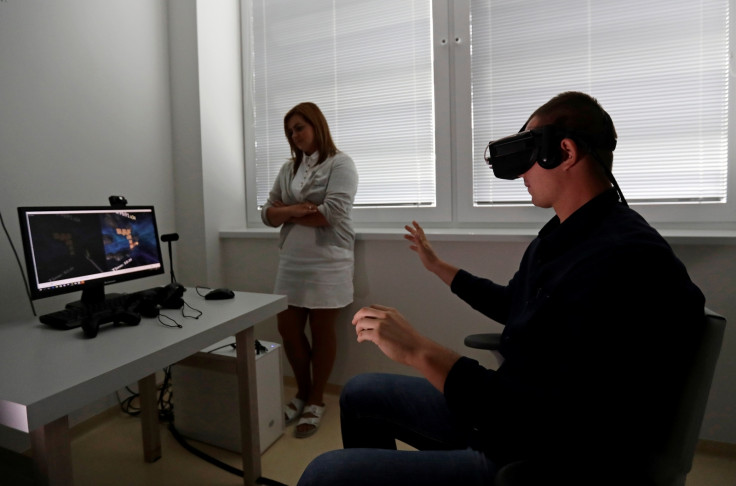Nasa teams up with students to scale up VR environments for exploring space and rock formations
The space agency is working with a group of five high school and college students in a bid to improve virtual reality technologies.

Nasa is working on a new suite of virtual reality (VR) environments which could help scientists conduct cosmic and geological research from inside the Goddard Spaceflight Center in Maryland, leading to tremendous savings.
Interestingly, the space agency, according to an NPR report, is working with a group of five high school and college students in a bid to scale up VR technologies beyond the current applications available.
The team of youngsters has already helped with the development of a VR suite which lets researchers explore an ancient lava tube in Idaho.
"I think, and I hope, this can be extremely useful for Nasa scientists," explained Nasa engineer Thomas Grubb, who manages the programme. "You know, it's cheaper to have people go to a lava tube in VR than to actually fly them out there for two weeks".
With obvious benefits, VR technology could be used for exploring rock formations on Earth for planned research, identifying damaged satellites, or even to find out if replacement parts would fit in a satellite. The tech could also be used for 'watching' magnetic fields pulse around the Earth and for research for missions in outer space.
Grubb started working with these students because of their intuitive understanding of what works in virtual reality and what doesn't. Also, they are much more comfortable when working with new technologies, unlike experienced researchers.
"There were definitely some older people who tried [the VR system] and struggled at first because they're not used to having all ten fingers working at once," says Nasa volcanologist Brent Garry. "They're like 'Am I going to fall? Am I going to trip on something?'"
And that's where the young students came in. College freshman Stewy Slocum, 17, and his programme teammates were quick to understand the VR system. Slocum, who is into VR programming, also contributed to the development of the lava tube simulation.
Nasa is already pushing the VR experience further. Earlier this month, the agency sent a VR camera to the International Space Station (ISS) in a bid to give people back on Earth a real-world feel of space. The video from the camera will be showcased on National Geographic sometime next year.





















